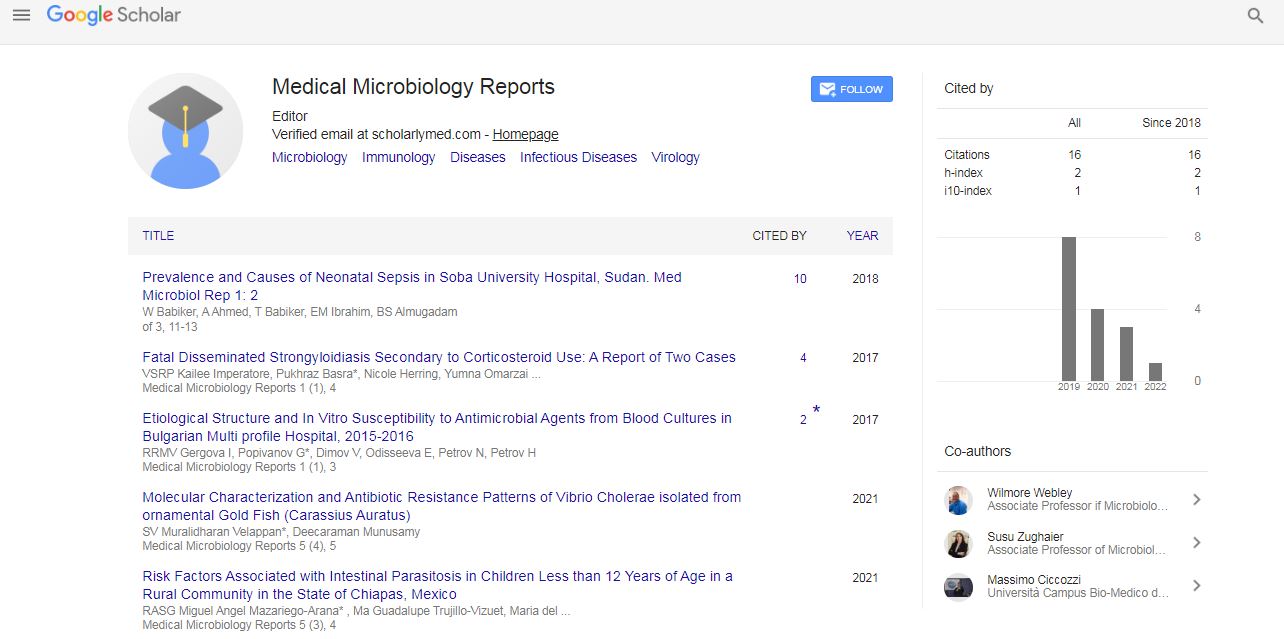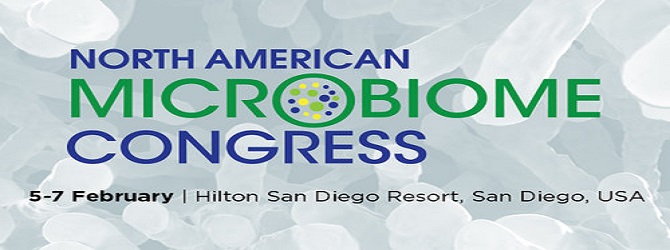Perspective, Med Microbiol Rep Vol: 7 Issue: 1
Pathogenicity and its Mechanisms of Disease-causing Microorganisms
Feanelil Mitchale*Department of Forest Resources Management, University of British Columbia,Vancouver, Canada
*Corresponding Author: Feanelil Mitchale
Department of Forest Resources
Management, University of British Columbia, Vancouver, Canada
E-mail: mitchfennelll@mail.ubc.ca
Received date: 27 February, 2023, Manuscript No. MMR-23-96431;
Editor assigned date: 01 March, 2023, PreQC No. MMR-23-96431(PQ);
Reviewed date: 15 March, 2023, QC No. MMR-23-96431;
Revised date: 22 March 2023, Manuscript No. MMR-23-96431(R);
Published date: 31 March 2023 DOI: 10.4172/MMR.1000332.
Citation: Mitchale F (2023) Pathogenicity and its Mechanisms of Disease-causing Microorganisms. Med Microbiol Rep 7:1.
Description
Pathogenicity, the ability of microorganisms to cause disease, is a complex and fascinating phenomenon that has intrigued scientists for centuries. Microorganisms such as bacteria, viruses, fungi, and parasites have evolved sophisticated strategies to infect, colonize, and damage host organisms. Understanding the mechanisms of pathogenicity a important for the development of effective interventions to prevent and treat infectious diseases. In this manuscript, delve into the multifaceted world of pathogenicity, exploring the various strategies employed by microorganisms to establish infection, evade host defenses, and cause disease. Pathogenic microorganisms are responsible for a wide range of diseases that affect humans, animals, and plants. They can cause acute or chronic infections, ranging from mild to severe, and can result in significant morbidity and mortality worldwide. Understanding the underlying mechanisms of pathogenicity is essential to combat infectious diseases and protect public health.
Molecular arsenal of pathogens
Pathogens possess a vast array of molecular weapons that enable them to colonize and damage host tissues. One essential mechanism is adhesion, which allows pathogens to attach to host cells and initiate infection. Many pathogens produce adhesins, which are specialized proteins that bind to specific receptors on the host cell surface. For example, Streptococcus pneumoniae, a leading cause of bacterial pneumonia, produces surface proteins called pneumococcal surface proteins (PspA and PspC) that mediate adhesion to respiratory epithelial cells. Adhesins are also an important in the formation of biofilms, which are slimy communities of microorganisms that can form on various surfaces, such as medical devices, and are notoriously difficult to eradicate.
Once pathogens have successfully attached to host cells, they can exploit various strategies to invade and survive within the host. Some pathogens, like Salmonella enterica, are capable of inducing their own uptake by host cells through a process called "triggering phagocytosis," where they manipulate host cell signaling pathways to promote their engulfment by immune cells called phagocytes. Other pathogens, such as the Human Immunodeficiency Virus (HIV), can enter host cells directly through receptor-mediated endocytosis, where they expropriate hosting cell machinery to replicate and spread.
Evading host defenses
The immune system is the host's first line of defense against pathogens. However, pathogens have evolved numerous mechanisms to evade or circumvent host immune responses. For example, many bacteria produce proteins called "virulence factors" that can directly interfere with host immune defenses. Staphylococcus aureus, a leading cause of bacterial infections, produces a protein called protein A that binds to the Fc region of antibodies, preventing their interaction with immune cells and neutralization of the bacteria. Other bacteria, such as Mycobacterium tuberculosis, the causative agent of tuberculosis, can resist phagocytosis by macrophages, a type of immune cell, by inhibiting phagosome-lysosome fusion, thereby avoiding destruction. Some pathogens can also modulate the host immune response to their advantage. For example, the protozoan parasite Toxoplasma gondii can manipulate host immune cells called dendritic cells to induce a proinflammatory response that can promote its survival and dissemination. Viruses, such as herpes simplex virus, can establish lifelong latency in host neurons, evading immune responses and periodically reactivating to cause recurrent infections. Pathogens can also cause damage to host tissues directly or indirectly, leading to the clinical manifestations of infectious diseases. Many bacteria produce toxins that can damage host cells and tissues.
 Spanish
Spanish  Chinese
Chinese  Russian
Russian  German
German  French
French  Japanese
Japanese  Portuguese
Portuguese  Hindi
Hindi 
